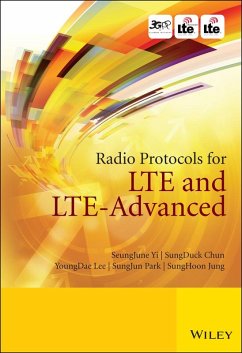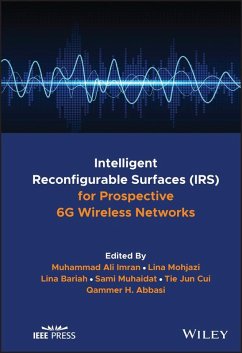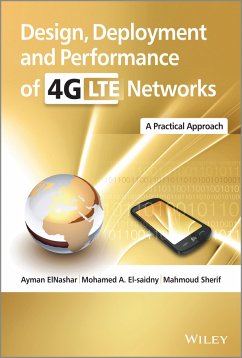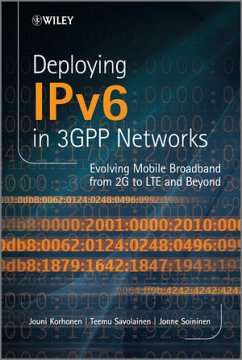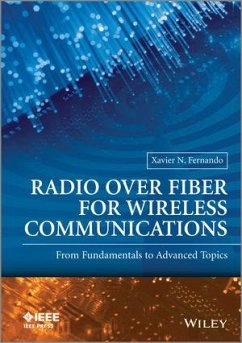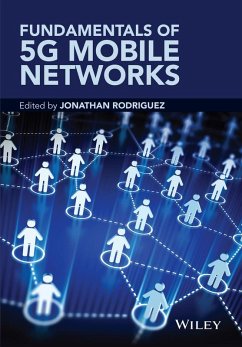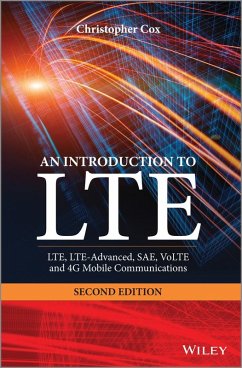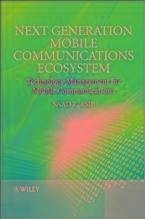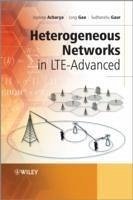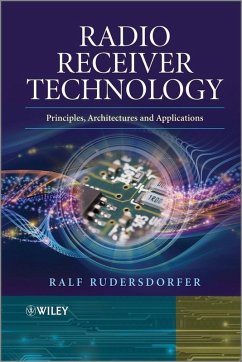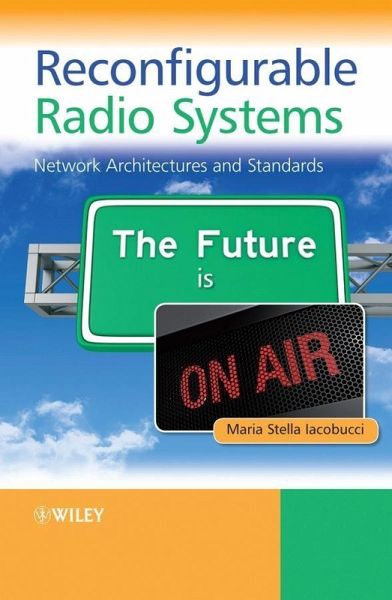
Reconfigurable Radio Systems (eBook, ePUB)
Network Architectures and Standards
Versandkostenfrei!
Sofort per Download lieferbar
95,99 €
inkl. MwSt.
Weitere Ausgaben:

PAYBACK Punkte
0 °P sammeln!
Covers the state of the art of the technology and standards for reconfigurable radio systems, from self organizing networks and cognitive radio, through to reconfigurable architectures for networks and terminals This timely book provides a standards-based view of the development, evolution, techniques and potential future scenarios for the deployment of reconfigurable radio systems. After an introduction to radiomobile and radio systems deployed in the access network, the book describes cognitive radio concepts and capabilities, which are the basis for reconfigurable radio systems. The self-or...
Covers the state of the art of the technology and standards for reconfigurable radio systems, from self organizing networks and cognitive radio, through to reconfigurable architectures for networks and terminals This timely book provides a standards-based view of the development, evolution, techniques and potential future scenarios for the deployment of reconfigurable radio systems. After an introduction to radiomobile and radio systems deployed in the access network, the book describes cognitive radio concepts and capabilities, which are the basis for reconfigurable radio systems. The self-organizing network features introduced in 3GPP standards are discussed and before IEEE 802.22, the first standard based on cognitive radio, is described. Then the ETSI reconfigurable radio systems functional architecture and the IEEE 1900.4 standard for reconfigurable radio are examined. Finally, the author presents new scenarios and future visions that reconfigurable radio systems may bring. Key features:- * Examines the current standards based on cognitive and reconfigurable radio, and analyses future scenarios * Includes a general overview of radiomobile (i.e. GSM, UMTS, HSPA, LTE) and wireless (i.e. WLAN, WPAN, WiMAX) network architectures * Features an accompanying website features links and white papers
Dieser Download kann aus rechtlichen Gründen nur mit Rechnungsadresse in D ausgeliefert werden.



